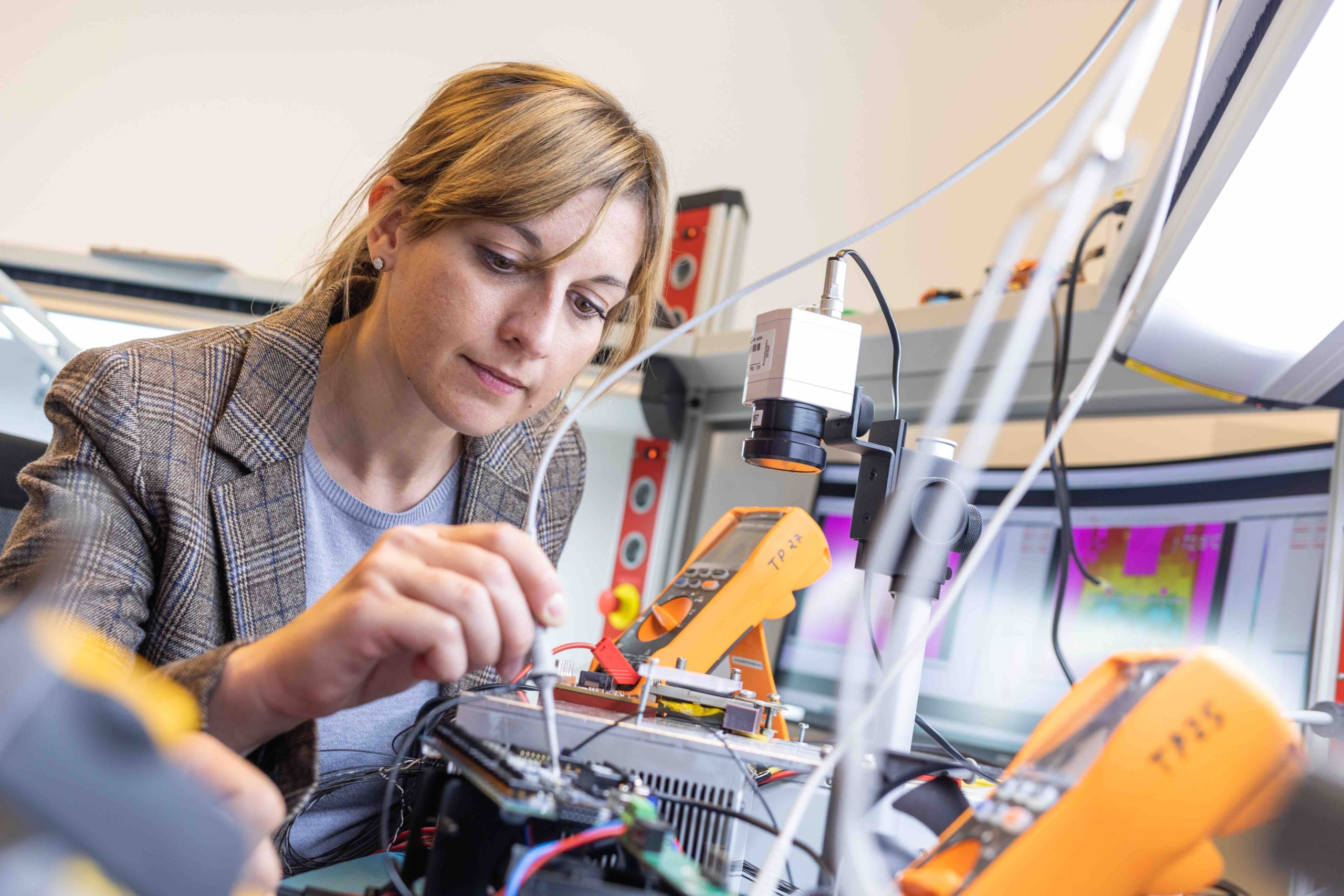Day in, day out, we are exposed to ionising radiation. It comes from the earth’s crust and in the form of so-called cosmic radiation from outer space. This ever-present ionising radiation can lead to changes in cell structures and thus eventually to cancer. Our exposure to medical sources of radiation, such as x-ray examinations, should also be carefully considered. Consequently, x-ray examinations should only be undertaken when really necessary.
Secure online information
The electronic x-ray record (eRöntgenpass) is a newly developed service being offered on the patient web portal run by the Styrian hospitals organisation (KAGes) (https://www.patienten-portal.kages.at/). Using a secure online portal, patients in Styria can access a summary of their previous x-ray examinations carried out in any Styrian hospital run by the organisation, and the radiation doses to which these examinations have exposed them. It is intended that the record will also include data from external radiological institutes and private hospitals in the future. The Styrian eRöntgenpass database architecture is designed to be easily integrated into Austrian electronic health records (ELGA) via a simple interface.
The information in the patient portal is presented in graphic form and is easy for anyone to understand. It also offers interesting facts about radiology and radiation in general, putting levels of exposure from medical radiation into context by comparing it with natural radiation and other sources of radiation exposure.







